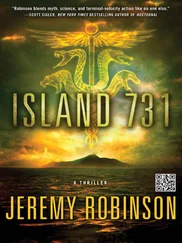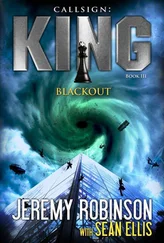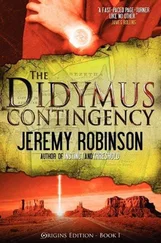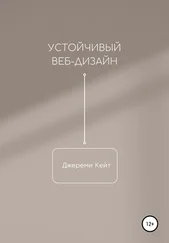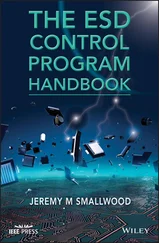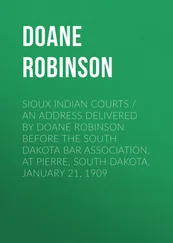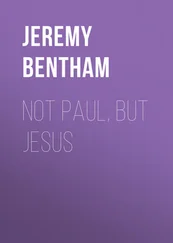He knew it was odd to be smiling, but his life expectancy had just gone up. He also was no longer bound to staying on the ocean, or near the scuba shops that lined the shore.
He switched his air tank out for the rebreather, and was happily surprised to find a full-sized face mask. Not only could he breathe freely without a regulator in his mouth, he could also breathe through his nose.
Recharged by his small victory, Miller turned his attention back to the body he had stepped over. The one that hadn’t asphyxiated. The one that didn’t die in a pool of its own vomit, but in its own blood.
The man’s body was round, perhaps from overeating, perhaps from gas built up inside. Miller wasn’t sure which and didn’t want to find out. He focused on the single wound—a gunshot to the man’s head. The exit wound was a baseball-sized hole on the top of his skull. The gray eyes were wide and unblinking, looking up at the ceiling as though hoping for salvation. His mouth was frozen open, lips turned down in disgust at what he was about to do.
Miller reached out and touched the man’s arm. The skin wasn’t as warm as a living person’s, but it lacked the lifeless chill of a long-dead cadaver. The man had killed himself within the last few hours.
The gun, a 9mm Parabellum, commonly recommended for home defense, lay on the floor five feet away from the body, beyond the pool of blood. A half-used air tank lay next to it.
He’d seen enough dead bodies over the past few days, and in his lifetime, that the old man’s corpse didn’t bother him, even though it was fresh. But it did seem a shame the man hadn’t held on just a few hours longer. He could have escaped this mess with his life, as Miller intended to.
Miller stepped over the body and picked up the gun. He checked the clip, slapped it back in, chambered a round, and tucked it into his pocket. A city of dead people wouldn’t be much of a threat, but the weapon made him feel more prepared to handle whatever lay ahead, whether it be a paranoid survivor, a stubborn lock, or someone sporting a circled lightning bolt insignia.
After finding another bike and pilfering a map of Miami from the Scuba Emporium, Miller set off in search of the nearest hospital. According to the map, that was Mount Sinai Medical Center. If there were any survivors, he believed they would be there. Hospitals carried lots of oxygen, had backup power sources, and would be the natural place for other survivors to congregate. And if not, he had no doubt that there would be plenty of oxygen tanks that would work with his rebreather. He might find enough for months, though he hoped he wouldn’t be breathing bottled air that long.
Wind had cleared away and piled up the rust against buildings and in alleys, making pedaling easier than it had been in Key Largo. The bodies remained a problem, though. In some places he had to get off the bike and carry it over what had once been a mob. The other new challenge was that the rebreather’s mask had been made for underwater use and blocked his peripheral vision. He had to move his head fully from side to side to see what was around him and it made dodging the dead tricky business. He knew reducing the bodies’ status to that of simple obstacles was a cold thing to do, but to give them any more attention would distract him from his own survival.
There was no way to know how far he might have to go to escape the affected area, or if the attacks had already spread to the rest of the world.
He cut between neighborhoods composed mainly of tall, high-rent apartment buildings, some of which had caught fire. If not for the lack of oxygen in the atmosphere, those fires might still be burning.
Soon the right side of the road opened up into a massive parking lot. A line of palm trees swayed up ahead, and beyond them, something odd rose up from the ground, like a tree, but not.
Miller slowed as he approached the palm trees. The oddity appeared to be a statue of some kind. He pedaled harder and the rest of it came into view. It was a massive hand, its bottom seemingly torn apart. A red-tinged, lily-filled reflection pool surrounded the scene, and in the courtyard lay bodies; perhaps a hundred of them. Some were reaching up.
Alive!
Miller jumped off the bike and ran for the courtyard. “Hey!” he shouted. “Are you okay? I have air!”
His mask fogged over as he waded through the lily pond. Clouds of rust billowed around his feet. Reaching the other side, he removed the mask and looked at the people, wondering why they didn’t respond. Then he realized the truth.
They weren’t dead.
But they had never been alive.
Statues.
“Damn,” he muttered before returning the mask to his face. As he turned, he noticed that the distortion from his curved mask, coupled with the statues’ lifelike poses, created the illusion of life.
He spun around, taking in the scene. The bodies in the courtyard reached out for the giant hand. Intertwined bodies made up the base of the statue. The people looked tormented. Emaciated. Anguished.
Miller turned to the black wall of granite that encircled a portion of the round courtyard. The highly polished surface reflected the late-day sun struggling to shine through the haze of falling red flakes. He shaded his eyes to see the wall more clearly. “Son of a bitch,” he said when his eyes focused.
There on the wall, spray painted in white, was the symbol from the news report—the lightning bolt encased by a crosslike circle. Beneath the symbol was a message, applied thick, with rivulets of white paint that had dripped down to the ground. It read:
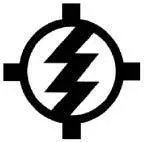
Welcome to SecondWorld!
Miller realized that this wasn’t just graffiti. A quick walk to the granite wall confirmed it. The first panel told a story dated 1933. What followed for two more panels was a complete history of what the Jewish people had endured during World War II.
This was a Holocaust memorial.
The target of this symbol and its message revealed a deep hatred, one straight out of history. His head snapped away from the wall as though struck. The symbol, in this context, became clear to him. The lightning bolt—no, the thunderbolt—was the Nazi symbol for the Schutzstaffel, Hitler’s elite military unit known as the SS. They were the overseers of the Nazi death camps. The two S-shaped bolts, typically next to each other, had been combined.
Anger welled within Miller. He wasn’t a believer in God, but his great-grandfather had been, and he’d been killed by the SS in Auschwitz along with millions of other Jews across Europe. Thinking of Nazis, he recognized the rest of the symbol as a Celtic cross, which had been adopted by American white supremacist groups. The combination of the two symbols seemed to suggest that these were modern, American Schutzstaffel. The muscles on his back bunched with tension.
Whether they were still in the area, surviving from air tank to air tank like him, or holed up in a bunker, had yet to be seen, but they were prepared. And they had already named their post-genocidal world, SecondWorld.
This isn’t over, Miller thought. If they haven’t attacked the rest of the world yet, they will soon.
When he tore his eyes from the wall, he realized he’d been gripping the handgun in his pocket. A part of him hoped that whoever painted this symbol would show up. Give him an outlet for his anger. But nothing moved, other than the endless red flakes. Whoever painted this was long gone.
After returning to his bike, Miller cut through a large golf course free of bodies. Apparently, no one wanted to golf during the apocalypse. The open space increased his speed, but he felt exposed—watched. Leaving the golf course behind, he took to the sidewalks, preferring to stay in the buildings’ shadows. He could be easily spotted in the stillness of the city, but he didn’t like the idea of making himself an open target, just in case someone out there felt like taking a potshot.
Читать дальше





